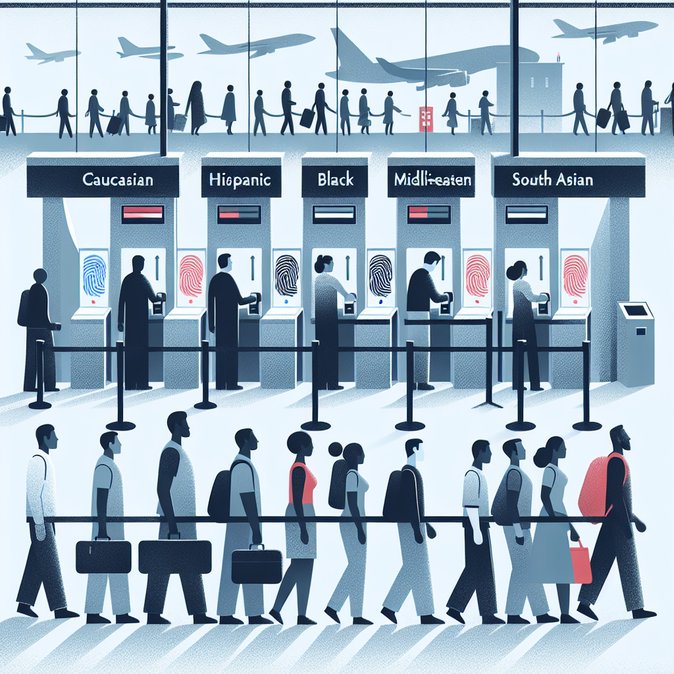
Zurich Airport announced on 23 November that all 52 Secunet self-service kiosks and e-gates for the EU Entry/Exit System (EES) are now live, making it the final Swiss hub—after Geneva and Basel—to transition fully to biometric border processing. The system went quietly online on 21 November following a two-week soft-launch.
Under EES, third-country nationals must enrol four fingerprints and a live facial image the first time they cross a Schengen external border. Subsequent trips require only a passport scan and face match, with the database automatically calculating remaining days in the 90/180-day allowance. During the first 48 hours of full operation, first-time enrolments averaged seven to ten minutes, but peak-hour queues stretched to 40 minutes, prompting airlines to recommend 90-minute connection buffers for non-EU passengers.
![Zurich Airport Completes Roll-Out of EU Entry/Exit System—Biometrics Now Mandatory for All Non-EU Arrivals]()
For multinational employers rotating staff through Switzerland, the upgrade promises faster repeat entries once the initial surge subsides. Mobility managers should brief assignees and frequent travellers that they may face longer waits the first time they enter after 21 November, and that fingerprints will now be mandatory at land borders by 2027 under new FNIA rules.
Zurich Airport has trained 180 border guards on the new procedures and deployed roving “EES ambassadors” to assist confused passengers. A publicity campaign in English, German, Italian and French is running on in-terminal screens, while Swiss International Air Lines has updated its pre-departure emails to warn U.S. passengers of the biometric requirement.
The airport expects processing times to normalise within three weeks. Once stabilised, authorities forecast a 30 % reduction in manual passport-stamp checks, enabling officers to focus on secondary inspections and asylum processing.
Under EES, third-country nationals must enrol four fingerprints and a live facial image the first time they cross a Schengen external border. Subsequent trips require only a passport scan and face match, with the database automatically calculating remaining days in the 90/180-day allowance. During the first 48 hours of full operation, first-time enrolments averaged seven to ten minutes, but peak-hour queues stretched to 40 minutes, prompting airlines to recommend 90-minute connection buffers for non-EU passengers.

For multinational employers rotating staff through Switzerland, the upgrade promises faster repeat entries once the initial surge subsides. Mobility managers should brief assignees and frequent travellers that they may face longer waits the first time they enter after 21 November, and that fingerprints will now be mandatory at land borders by 2027 under new FNIA rules.
Zurich Airport has trained 180 border guards on the new procedures and deployed roving “EES ambassadors” to assist confused passengers. A publicity campaign in English, German, Italian and French is running on in-terminal screens, while Swiss International Air Lines has updated its pre-departure emails to warn U.S. passengers of the biometric requirement.
The airport expects processing times to normalise within three weeks. Once stabilised, authorities forecast a 30 % reduction in manual passport-stamp checks, enabling officers to focus on secondary inspections and asylum processing.







